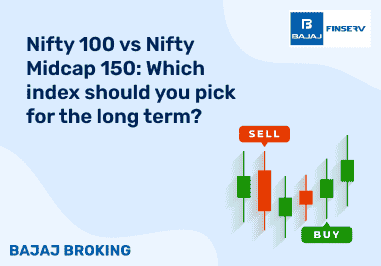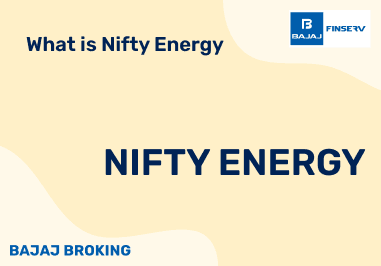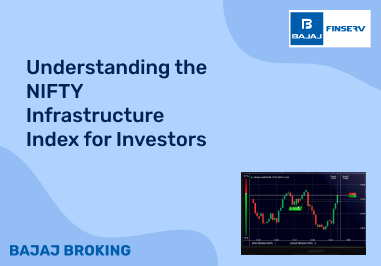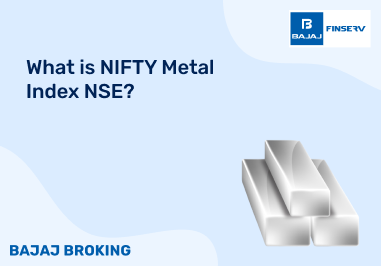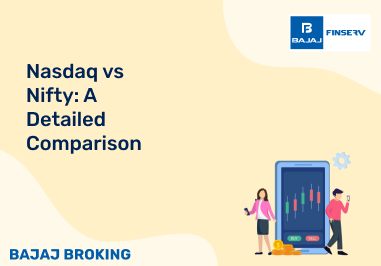What is the BSE SENSEX Index?
The BSE SENSEX Index is a benchmark index of the Bombay Stock Exchange (BSE), representing the 30 largest and most actively traded companies in India. Introduced in 1986, the index reflects the overall performance of the stock market and serves as an indicator of the economic health of the country. The BSE SENSEX includes companies from various sectors, such as banking, IT, energy, and FMCG, providing a comprehensive snapshot of market sentiment. Calculated based on a free-float market capitalization method, the index tracks price movements of its constituent stocks in real-time, offering investors insights into market trends. A key metric for both domestic and international investors, the BSE SENSEX Index plays a vital role in portfolio management and decision-making in India’s financial markets.
How is the BSE SENSEX Index Value Calculated?
Calculation of the BSE SENSEX Index involves use of the free-float market capitalization method, reflecting market dynamics by excluding locked-in shares. It consists of 30 companies from various sectors, representing India's economy. The index value is determined by multiplying each company's free-float market capitalization by a price-weighted divisor, which is periodically adjusted to account for stock splits, dividends, or rights issues, ensuring consistency.
To compute the value of the BSE SENSEX, the following formula is applied:
SENSEX = (Index Divisor ∑ (Free-Float Market Capitalization of 30 Companies))
This formula ensures that only the actively traded shares influence the index value, providing a transparent and accurate reflection of market trends. The BSE SENSEX Index serves as a key benchmark for investors and analysts to gauge the overall performance of the Indian stock market.
BSE SENSEX Scrip Selection Criteria
The BSE SENSEX includes 30 of the largest and most actively traded companies on the Bombay Stock Exchange (BSE), selected through a systematic process to ensure accurate representation of the Indian stock market. Below are the selection criteria:
Company Size and Market Capitalization
Companies must have a high market capitalization, ranking among the top in their respective sectors, to ensure the index reflects the performance of influential companies in the Indian economy.
Liquidity and Trade Volume
Companies with high average daily trading volumes are prioritized, ensuring the index includes frequently traded scrips, making the BSE SENSEX a reliable indicator of market trends.
Sector Representation
The BSE SENSEX includes companies from diverse sectors, such as banking, IT, and energy, to provide a balanced economic representation.
Free-Float Market Capitalization
Only the publicly traded portion of a company’s stock is considered, giving companies with higher free-float capitalizations more weight in the index.
Track Record and Financial Health
Companies must have a solid track record of performance, including revenue growth and profitability, to be eligible for inclusion.
Regulatory Compliance
Listed companies must comply with SEBI and BSE regulations, ensuring transparency and governance standards are maintained.
Timely Review and Adjustments
The index committee regularly reviews and updates the BSE SENSEX constituents to maintain relevance and consistency with market trends.
Listing History
Eligible companies must have a consistent listing history on the BSE, demonstrating a stable trading pattern over several years.
Corporate Governance Standards
Strong governance practices are favored to promote credibility and ensure that well-managed companies are included in the index.
Public Shareholding
Companies must meet minimum public shareholding levels, ensuring broader participation in trading and reducing concentration risk.
How Does BSE SENSEX Work?
The BSE SENSEX operates by tracking market performance and continuously updating based on real-time activity. Key features include:
- Free-Float Market Capitalization: Considers only shares available for trading.
- Company Weightage: Companies are weighted based on market capitalization.
- Real-Time Updates: Reflects live market activity and price movements during trading hours.
- Index Divisor: Adjusts for corporate actions to prevent artificial index value changes.
- Sector Representation: Ensures balanced economic reflection across sectors.
- Periodic Review: Undergoes reviews to replace underperforming companies.
- Global Benchmark: Acts as a key benchmark for international investors.
What are the Benefits of Investing in the BSE SENSEX?
Investing in the BSE SENSEX provides exposure to India’s financial markets. Key benefits include:
Exposure to Market Leaders
Investing in the BSE SENSEX provides exposure to well-established companies across diverse sectors.
Diversification Across Sectors
Includes companies from multiple sectors, helping reduce sector-specific risks.
Reflects Overall Market Performance
Offers insights into market direction and economic health.
High Liquidity
Constituent stocks are frequently traded, ensuring ease of buying and selling.
Lower Risk
Large-cap companies with stable performance make it a relatively low-risk investment option.
Long-Term Growth Potential
Investors can benefit from the appreciation of established companies.
Ease of Investment
Index funds and ETFs provide accessible ways to invest in the BSE SENSEX.
Transparency and Simplicity
Calculated using free-float market capitalization, ensuring transparency.
Benchmark for the Indian Economy
Aligns portfolios with India’s broader economy.
Attracts Foreign Investment
The BSE SENSEX attracts foreign capital, enhancing returns for investors.
What is the History of the BSE SENSEX?
The BSE SENSEX, introduced on January 1, 1986, is a prominent stock market index in India, comprising 30 well-established companies listed on the Bombay Stock Exchange (BSE). It serves as a benchmark for the Indian equity market, reflecting the performance of major sectors such as finance, technology, energy, and consumer goods. The index employs a free-float market capitalization methodology, which considers only the shares readily available for trading, providing a more accurate representation of market movements.
Over the years, the SENSEX has achieved significant milestones:
1,000 points: Reached on July 25, 1990.
10,000 points: Surpassed on February 7, 2006.
50,000 points: Crossed on January 21, 2021.
These milestones highlight the growth and resilience of India's economy and capital markets. The SENSEX continues to be a vital indicator for investors, offering insights into the health and trends of the Indian stock market.



